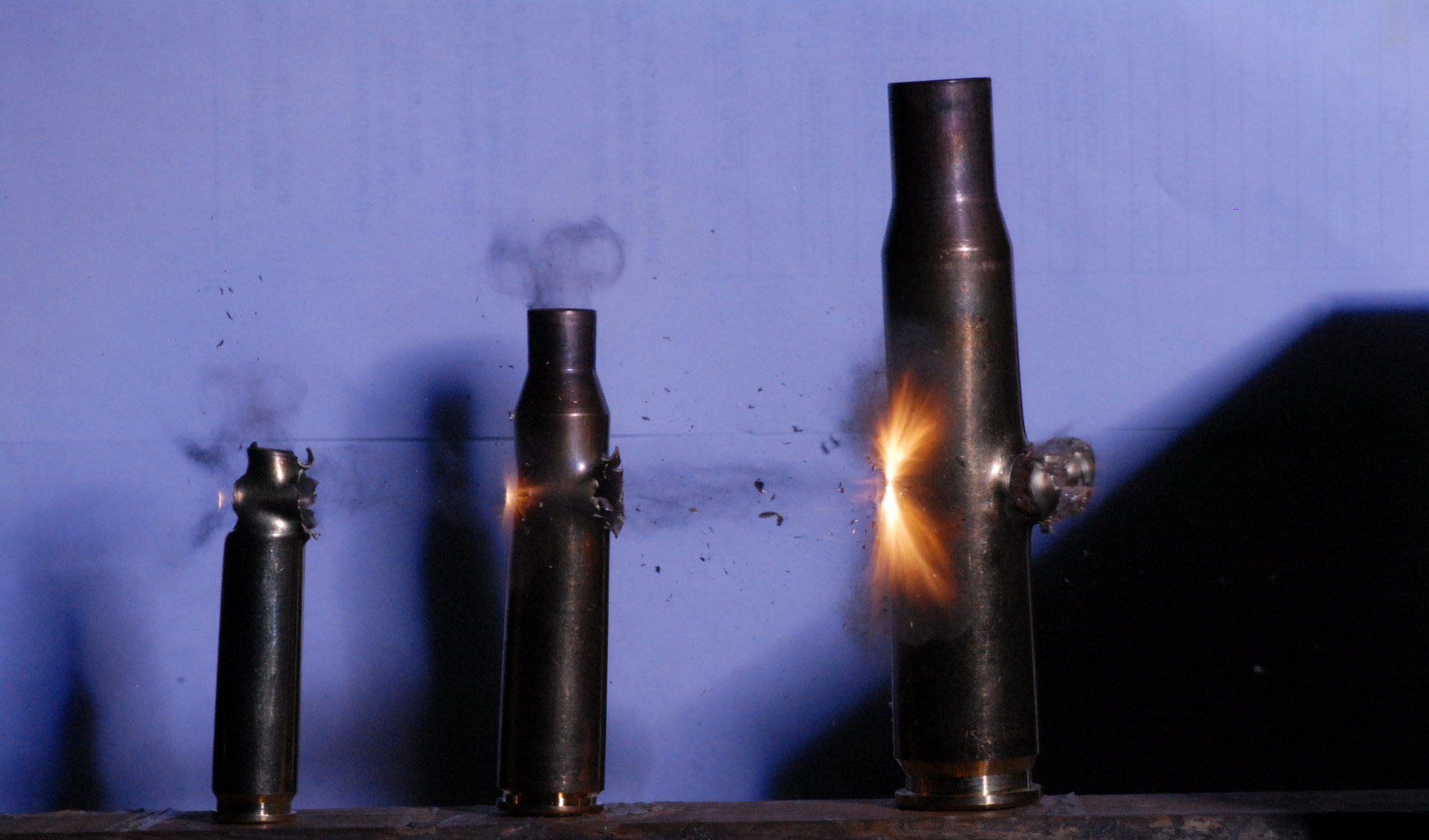During the duration of this project I will periodically step back and look at how the project is going and make changes to the design. I started the design work on this printer back in 2014, and purchased the 80/20 extrusion in the same year. The first design change happened shortly there after. The printer went from a 36x36x36in cube to what it is today. The primary reason was a 3ft cube was too big to move through doorways.
As I have time to study the design and to see what others have done, I’ll make changes that will hopefully improve the outcome of the project. Since it has been a few years since I have looked at the design, I spent some time reviewing what was currently modeled.

Having some time to think about it, I decided that 8 and 12mm rods were not going to be sufficient to support everything I wanted to do. I decided to beef up the Y-Axis with 1in Linear Motion Shafts, that are case hardened to 60C Rockwell, and are chrome plated. To be fair the 8-12mm shafts would also be harden and chrome plated as you need the hardness to prevent the linear bearings from grooving the shafts over time.


I purchased the Linear Motion Shaft from Amazon and think I may have lucked out an got a pretty decent price. I’ll need 48in for the build but was able to purchase 72in for ~$64.00

Before I go drilling into the frame and making permanent changes I need to do a redesign of the carriage, specifically the bearings, to make sure that everything has proper clearance. There are are few advantages to this design change.
- Lessen the number of parts
- Help to add weight and stiffen frame
- Lengthens the X-Axis
- Potentially Provides more Z-Axis travel.
There are a few downsides.
- Requires drilling into the frame
- Requires drilling and tapping the Linear Motion Shafts
- Requires larger shaft and bearings which are potentially more expensive.
- May add more weight to the Y-Axis in the form of bearing blocks.
At this point, I feel the benefits outweigh the downsides and proceeded to change the carriage to fit within the new design. With 3D Printers there is generally a desire for speed. It takes a long time for a print to complete. This is due to the fact that the nozzle is traveling quite the distance for each layer.
While there are things you can do to format the print so that it is faster to print, the overall limit of the speed is how fast can the printer head move. Ideally you want either, a very light print head, or very powerful stepper motors which can overcome the inertia of the moving parts. Generally the trend is for light print heads and small stepper motors.
The print head on this is going to be heavy, I want to utilize the ED Kraken, which has 4 extruders. Couple that with the 1in bearing blocks, the 20in span, the X-Axis Stepper Motor, there is a lot of mass to move in the Y-Axis. I will size the stepper motor accordingly and pick the strongest NEMA 17 motor for the Y-Axis. The X-Axis will only be moving the print head itself, and since I won’t be mounting the extruder motors to the head, a smaller stepper motor may be used.
Either way, this printer isn’t going to be lightning fast, but I am fine with that. I would rather have precision over speed.

There is still a lot of design work to be done, but based on the rough work done so far I am confident that I can make the 1in Linear Motion Shafts on the Y-Axis work fine. Confident enough that I’ll work on fabricating the components. There will be much more design work to come but that is where I’ll leave it off for the time being.
I hope these write ups are useful for people looking at doing these types of builds. Let us know if you have any comments or suggestions.
